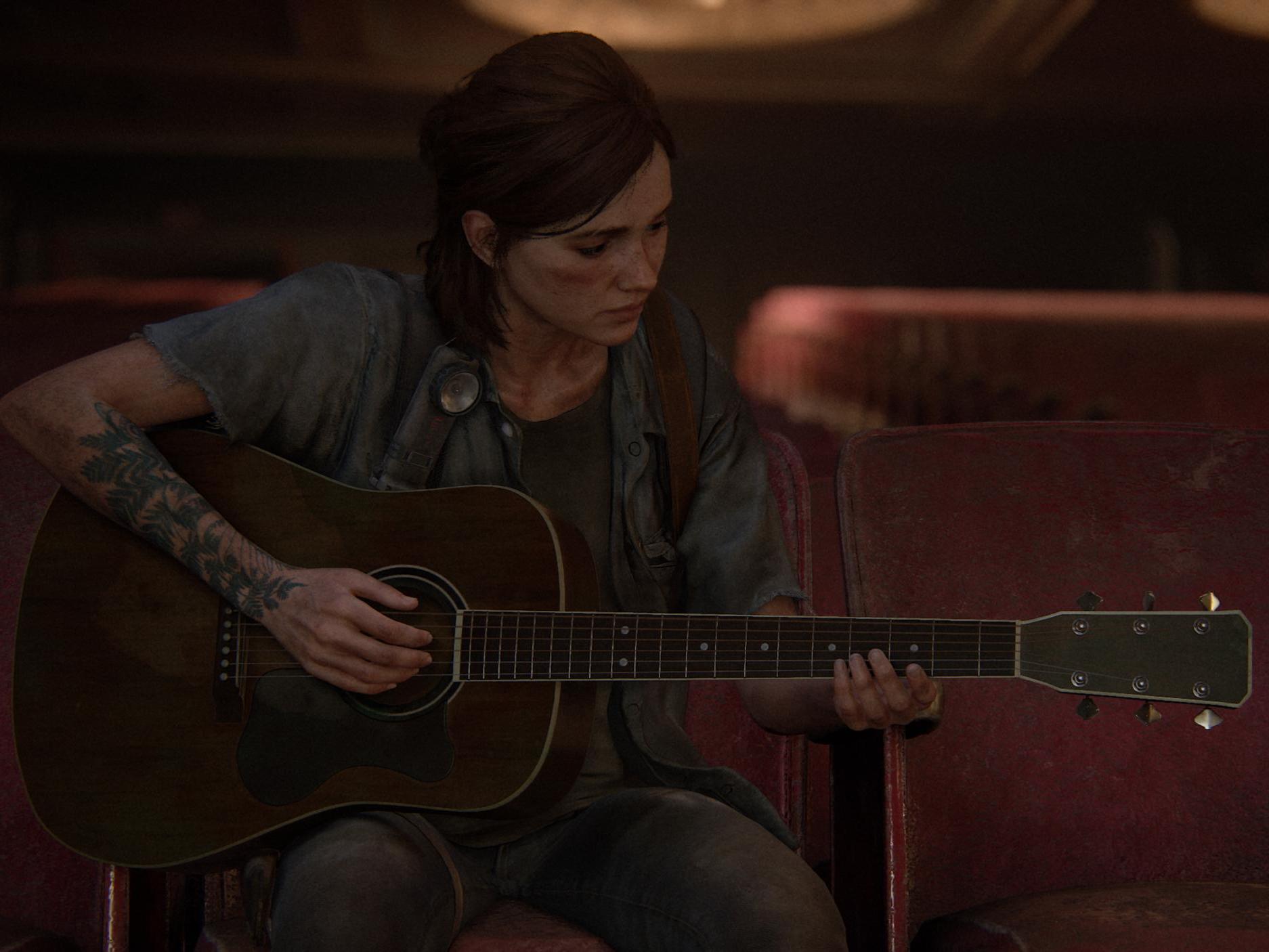Curse? What curse? For all the usual doom-mongering around video game adaptations, the quickfire phenomon of The Last of Us should have surprised no one. The nine-episode HBO series, adapted from the acclaimed 2013 game, had everything going in its favour. A generous prestige TV budget. Charismatic stars on the upswing of their careers. Well-plotted, character-driven source material. All it needed to do was stick the landing, and it did. The Last of Us was both a critical and commercial smash, with viewership numbers ballooning as the series went on. And the series is vying for a number of major awards at the Emmys tonight. Its second season renewal, announced a year ago, was inevitable. But while season one was a slam dunk, its follow-up has the potential to be a disaster.

As fans of the game know well – but millions of TV viewers may not – The Last of Us had a sequel, released in 2020. Set four years after the ending of the original, The Last of Us Part II was a masterpiece of the medium, expanding on much of what the first one did well. While The Last of Us was primarily the story of Joel (Troy Baker in the game, a jaded Pedro Pascal on TV), Part II gave much more focus to Ellie (Ashley Johnson/Bella Ramsey), his spirited teenage ward. It was bigger, richer, darker, and messier. And it was one of the most rabidly polarising games ever made.
The problems for Part II started months before its release, when footage from the game, obtained in a hack, was leaked online, revealing all of the game’s major plot points, including a seismic twist. It was also revealed that a third playable character was being introduced to the game, called Abby (Laura Bailey). The twist – and Abby’s role in the story – incensed sections of the game’s fanbase, prompting a backlash that was laced with reactionary bigotry. The game’s creators were abused on social media for capitulating to “wokeness”, with many people erroneously describing Abby, a muscular cis woman, as transgender. (Separately, the second game does feature a prominent trans character.) Beneath the toxicity, though, there was a kernel of truth: this was undeniably a punchy, provocative follow-up that refused to give people what they wanted.
As I wrote in a review three years ago, The Last of Us Part II is a triumph of video game design, with a spectacular story that goes deeper and hits harder than its predecessor. It is also, however, bleak, distressing, and tremendously violent. Craig Mazin and Neil Druckmann, the creators of HBO’s The Last of Us, have not yet specified exactly what the second season will entail, save that it will adapt Part II. In interviews, Mazin has suggested that Part II may be spread over multiple seasons of TV – a savvy idea, given that the game’s unwieldy 20-to-30-hour storyline would be tricky to condense.
But there are more problems than just length. Part II is (if you can believe it) much more tonally brutal than the first, and more structurally complex. While The Last of Us’s relatively straightforward story could be mapped easily onto an episodic TV series, Part II is harder to picture. How the backlash to Part II will affect the series is another unknown. Will its creators opt to soften some of the game’s grimdark edges? Or sharpen them further? Fans of the game are in the bizarre position of bracing themselves for a poisonous discourse that already came and went three years ago.
Of course, if Part II is adapted well, it could patch one of the Last of Us TV series’ biggest flaws. Something that has taken the wind out of much of the first season, for people like myself, is just how closely it often hews to the original game, in everything from story beats to dialogue exchanges to blocking. The most compelling moments came when it departed from this mode of hallowed source material-reverence and dared to imagine something new – as it did in its moving, self-contained third episode. If the violent messiness of Part II leads to more of these imaginative embellishments – the essence of good adaptation, really – then the outlook for the show’s future is still bright.

Whatever the case, you can bet on one thing: The Last of Us’s second season is going to be event television. Whether that event is a rave or a funeral remains to be seen.



